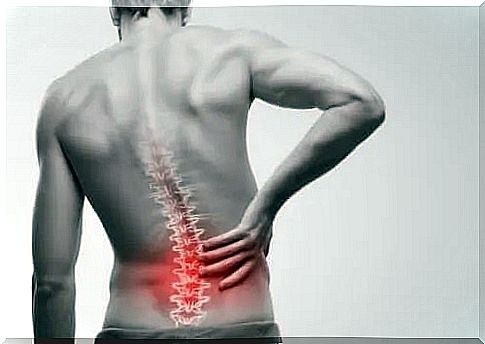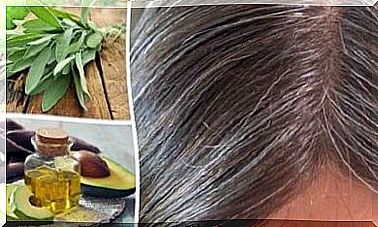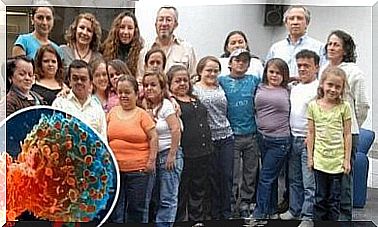Diagnosis And Treatments For Ankylosing Spondylitis

Ankylosing spondylitis is a chronic inflammatory disease that mainly affects the joints of the spine. These joints tend to fuse, leading to decreased mobility. As a result, the column becomes less flexible. For this reason, people with this disease end up taking a forward-leaning position. In this article, you will discover diagnostic methods and treatments for ankylosing spondylitis.
No one knows exactly what causes this disease, but DNA plays an important role in its occurrence. Most people with ankylosing spondylitis have the HLA-B27 gene. However, only some people with this gene develop the disease.
Symptoms of ankylosing spondylitis

This rheumatic disease causes inflammation of the joints of the spine. However, there may be inflammation of other joints, such as the shoulders, hips, knees or ankles.
The first symptoms of ankylosing spondylitis include pain and stiffness in the lower back. Symptoms appear especially in the morning and after periods of inactivity. Sore throat and fatigue are also very common.
Some of the areas most often affected by ankylosing spondylitis are the joints between the base of the spine and the base of the pelvis and the hip joints. However, the disease can also affect the points where the tendons and ligaments join the bones, especially in the spine.
In the case of ankylosing spondylitis, new bone forms appear that are part of the body’s attempt to heal. This new bone reduces the space between the vertebrae. As a result, sections of both vertebrae end up sticking together. Then these parts of the spine become rigid and inflexible. Fusion can affect the rib cage and decrease lung capacity and function.
Complications of ankylosing spondylitis
Diagnostic
Treatments for ankylosing spondylitis

- Non-steroidal anti-inflammatory drugs (NSAIDs) and analgesics. These are pharmacological treatments aimed at combating pain and reducing or suppressing joint inflammation. As a result, the patient’s quality of life improves. Also, by relieving the discomfort, the patient will be able to rest at night.
- Medicines that treat the disease itself. They act on the immune system.
- Biological drugs. Although these drugs do not cure diseases, they control the symptoms of this disease in many people.
- Recovery. You need to do continuous recovery exercises and take pharmacological treatments. Exercise and breathing improve the mobility of the spine and muscle strength.
- Light exercises that strengthen your back, such as swimming.
- Surgery. Surgery is rarely used, only in cases where the joints are severely damaged and mobility is almost lost.
We hope you found this article useful. You can also read more about fibromyalgia and its treatment:









